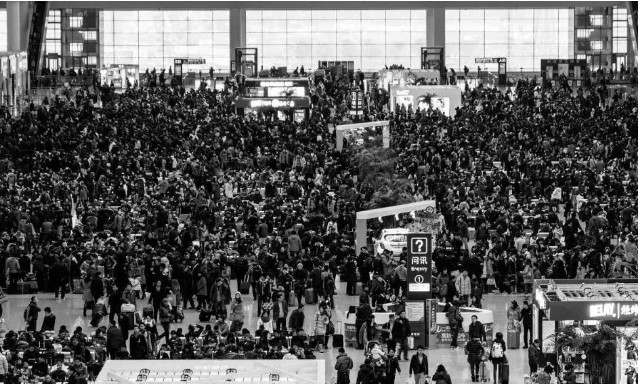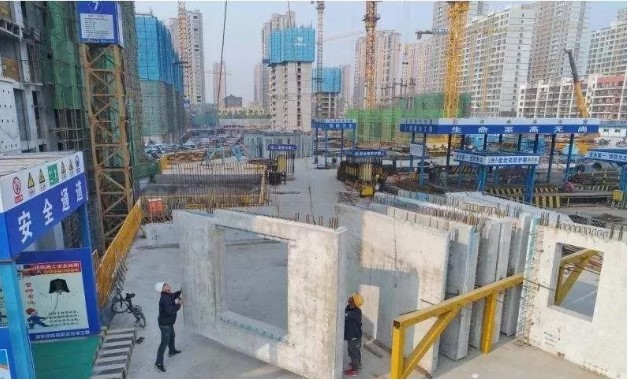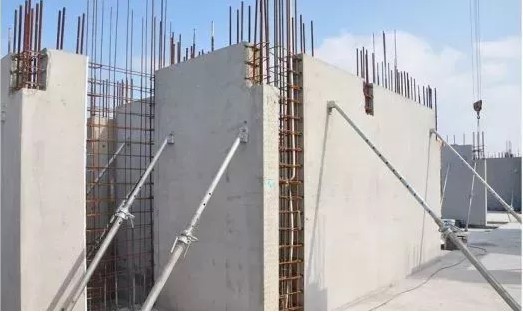Providing Solutions of Magnetic Fixing to Precast Concrete Industry
- All
- Product Name
- Product Keyword
- Product Model
- Product Summary
- Product Description
- Multi Field Search
Views: 237 Author: Site Editor Publish Time: 2020-03-27 Origin: Site
After decades of rapid development, China cast-in-situ construction technology can be said to have reached quite a high level, but why should we vigorously promote the development of prefabricated buildings?
After the reform and opening up, a large number of agricultural laborers flocked to cities, urbanization developed rapidly, and the average life expectancy of humans was prolonged. The total population rose rapidly, and the housing problem became increasingly prominent.

Under the explosive development of human science and technology, the prefabricated building construction industry will inevitably change from a labor-intensive industry to a technology-intensive one.

With the improvement of people's living standards and the emergence of an aging population, physical strength will become an expensive resource and labor costs will continue to rise.
With the rise of China's comprehensive national strength, it can also be seen from this year's national revision of the "Uniform Standard for Reliability Design of Building Structures" that our requirements for construction projects will only become higher and higher. From the perspectives of improving quality, reasonably accelerating the construction period, and environmental protection and energy-saving, the prefabricated building under the industrialization mode has unique advantages.

The development of prefabricated buildings is conducive to exporting production capacity. It is not only conducive to the healthy development of the domestic construction industry but also allows China's strong engineering construction capacity to serve the world.

The traditional construction industry will generate a large number of environmental pollutants such as construction dust, construction noise, and construction waste. However, the mole of workshop production and on-site assembly will greatly reduce the emission of pollutants, allocate resources more reasonably, and achieve the effect of energy conservation and environmental protection.
